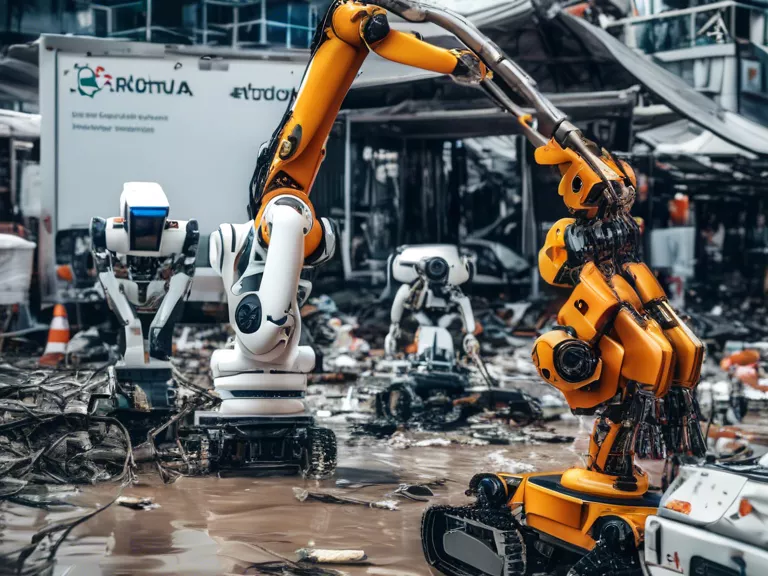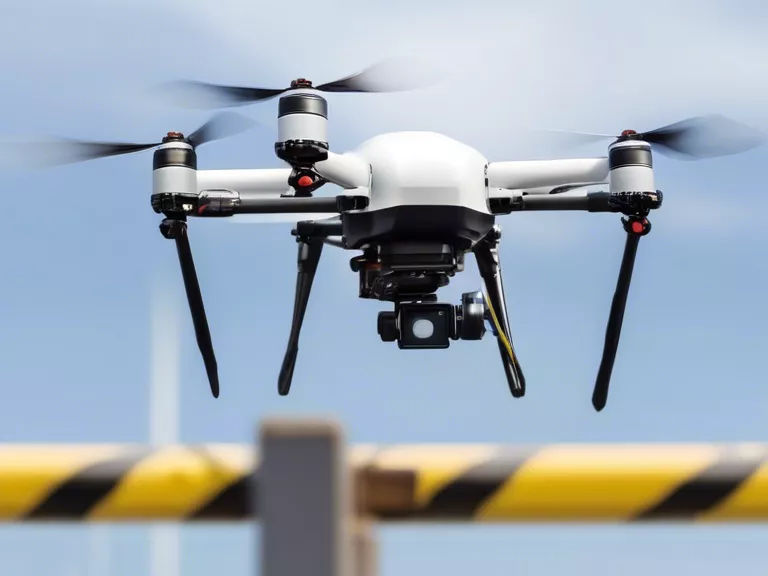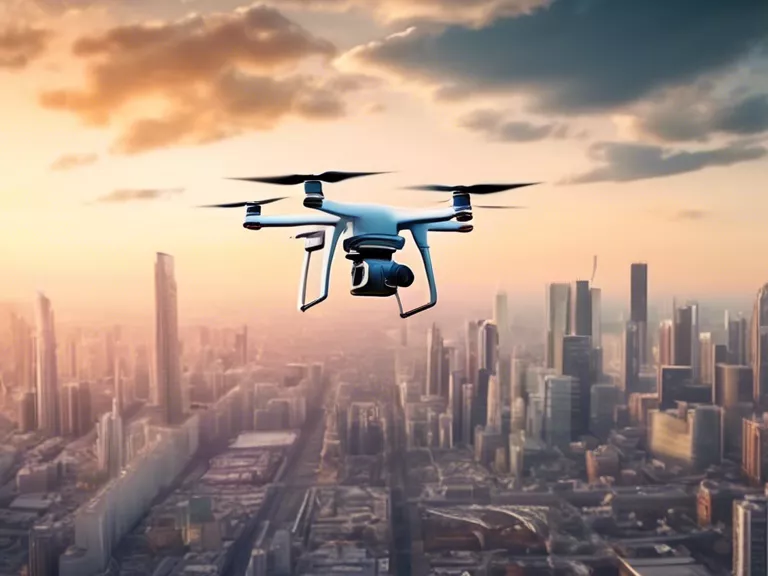
In recent years, artificial intelligence (AI) and robotics have been playing an increasingly vital role in disaster response and recovery efforts around the world. From earthquakes to hurricanes, these cutting-edge technologies are revolutionizing how we prepare for and react to natural disasters. This article will explore the ways in which AI and robotics are transforming disaster response and recovery processes.
One of the key areas where AI and robotics are making a significant impact is in predictive analytics. By analyzing vast amounts of data, AI algorithms can now accurately predict when and where a disaster is likely to strike. This advance warning allows authorities to evacuate at-risk areas and prepare resources ahead of time, ultimately saving lives and minimizing damage.
Once a disaster has occurred, robots equipped with AI capabilities can be deployed to assess the situation and provide real-time data to emergency responders. These robots can navigate hazardous environments, such as collapsed buildings or flooded streets, and gather crucial information without putting human lives at risk. This information is invaluable for coordinating rescue efforts and determining where resources are most needed.
In the aftermath of a disaster, AI-powered drones can be used for damage assessment and recovery operations. These drones can quickly and efficiently survey the affected area, capturing high-resolution images and videos that help authorities assess the extent of the damage. This data can then be used to prioritize recovery efforts, allocate resources, and plan for rebuilding.
AI and robotics are also transforming how we communicate during disasters. Chatbots powered by AI can provide real-time information to affected populations, such as emergency alerts, evacuation routes, and shelter locations. These chatbots can handle thousands of inquiries simultaneously, ensuring that accurate information reaches those who need it most.
Overall, the integration of AI and robotics in disaster response and recovery is revolutionizing how we prepare for and recover from natural disasters. By leveraging these technologies, we can improve the speed, efficiency, and effectiveness of our response efforts, ultimately saving more lives and reducing the impact of these catastrophic events.



